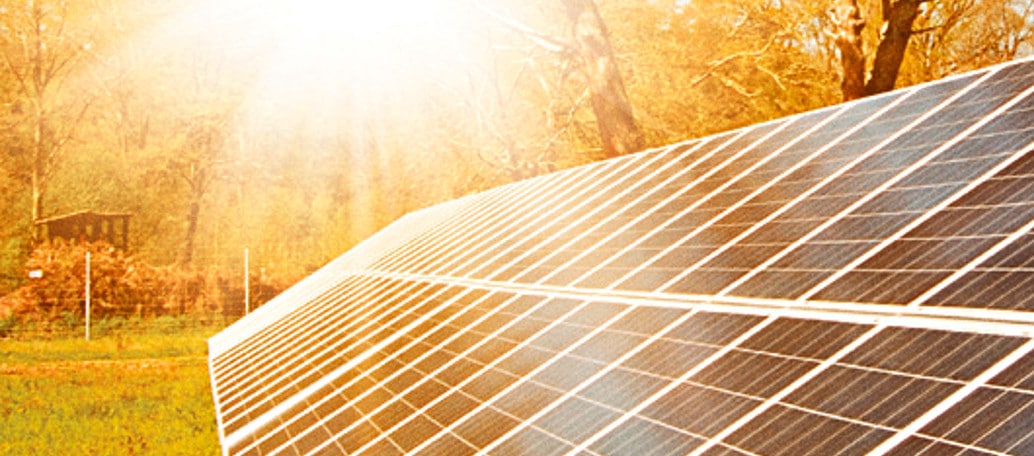On pretty much all metrics, 2016 was a strong year for Canadian Solar. The Chinese firm recorded record module shipments, saw its downstream project pipeline grow past 2.1 GW, entered February of this year with 1.19 GW of projects online, and on December 31 2016 had 6,170 MW of module and 2,440 MW of cell production capacity whirring nicely in key locations around the globe.
But still… even a company as large and broadly spread as Canadian Solar cannot insulate itself fully from the effects of record-low module prices. With average selling prices (ASPs) for solar panels falling throughout 2016, Canadian Solar’s record module shipments of 5,232 MW – up from 4,706 MW in 2015 – could do little to prop up tumbling revenues: despite this extra 500 MW or so of shipments, 2016’s revenue of $2.85 billion was below that of the $3.47 billion posted in 2015.
Nevertheless, revenue was in the range of 2016 full year guidance, with Canadian Solar evidently abreast of the market pressures inherent globally last year. The firm’s net income stooped to $65.2 million in 2016, down from $171.9 million the year prior, while net cash provided by operating activities fell from $413.7 million in 2015 to $278.1 million last year.
“Despite strong demand levels, our revenue for both the fourth quarter and full year was lower compared to the prior year’s periods due to the industry-wide declines in ASPs that have been persistent all year,” remarked Canadian Solar CEO and chairman Shawn Qu. “We will continue to work to offset any negative impact of future declines in ASPs with the introduction of new products through our supply chain and manufacturing efficiency programs.”
U.S. trade case impacts
Canadian Solar’s non-GAAP adjustable net income was $92.7 million, but was notable for excluding $44.1 million associated with module sales into the U.S. in 2015 that were impacted by the anti-dumping (AD) and countervailing duties (CVD). Currently under a third administrative (AR) review by the Department of Commerce (DOC), Canadian Solar says that it is “vigorously contesting” preliminary results and has recently field case and rebuttal briefs against the DOC. A decision on this is due in April, and the company added that it will appeal any adverse DOC findings to the U.S. Court of International Trade.
Since February of this year, no Canadian Solar modules made in China have been shipped to the U.S.; the company instead supplying the market via its Southeast Asia facility. “Results for the fourth and full quarter of 2016 were in line with our expectations, other than the unfavorable preliminary ruling on AD/CVD rates by the U.S. DOC,” added Qu.
Canadian Solar SVP and CFO Huifeng Chang said that excluding the AD/CVD adjustment, the company’s gross margin would have been 13.9%, which would have been in line with guidance of 11-16%.
Making money on downstream
In addition to making and shipping solar modules, Canadian Solar’s downstream activities have been a reliable source of income for some years now, and in 2016 this sector of the business pulled a greater portion of its weight than ever before. As of February this year, the company had a late-stage project pipeline of 2.1 GWp, which included 538 MW in Japan, 401 MW in the U.S., 400 MW in China, 399 MW in Brazil, 132 MW in India, 118 MW in Australia, 68 MW in Mexico and 26 MW in the U.K.
Solar power plants in operation and owned by Canadian Solar totaled 1,195.5 MW as of February 2017, which boast a resale value of $1.6 billion. “We are actively monetizing our operating solar power plant assets,” said Qu. “This includes the recent sale of five operating solar power plants in Canada for over $310 million. In addition, we closed the sales of two operating power plants in China in Q4 2016 for more than $32 million. We are also well underway in the sales process of our operating solar power plants in the U.S., and are targeting closure in the coming months.”
Into 2017, the company expects to become more geographically diverse and vertically integrated. In Q4, Canadian Solar restored two cell production lines with a total capacity of 240 MW at its Funing fab, which had been damaged by a tornado in June last year. “We expect to restore an additional 1.2 GW of capacity by the end of the first half of 2017,” revealed Chang.
In February this year Canadian Solar completed construction of its 850 MW cell plant in Southeast Asia, and the firm is confident that it can end 2017 with 4,490 MW of cell and 6,970 MW of module production capacity under its belt.
Guidance for the full year 2017 forecasts revenue of between $4 and $4.2 billion, and shipments of between 6.5 to 7 GW.
This content is protected by copyright and may not be reused. If you want to cooperate with us and would like to reuse some of our content, please contact: editors@pv-magazine.com.








By submitting this form you agree to pv magazine using your data for the purposes of publishing your comment.
Your personal data will only be disclosed or otherwise transmitted to third parties for the purposes of spam filtering or if this is necessary for technical maintenance of the website. Any other transfer to third parties will not take place unless this is justified on the basis of applicable data protection regulations or if pv magazine is legally obliged to do so.
You may revoke this consent at any time with effect for the future, in which case your personal data will be deleted immediately. Otherwise, your data will be deleted if pv magazine has processed your request or the purpose of data storage is fulfilled.
Further information on data privacy can be found in our Data Protection Policy.